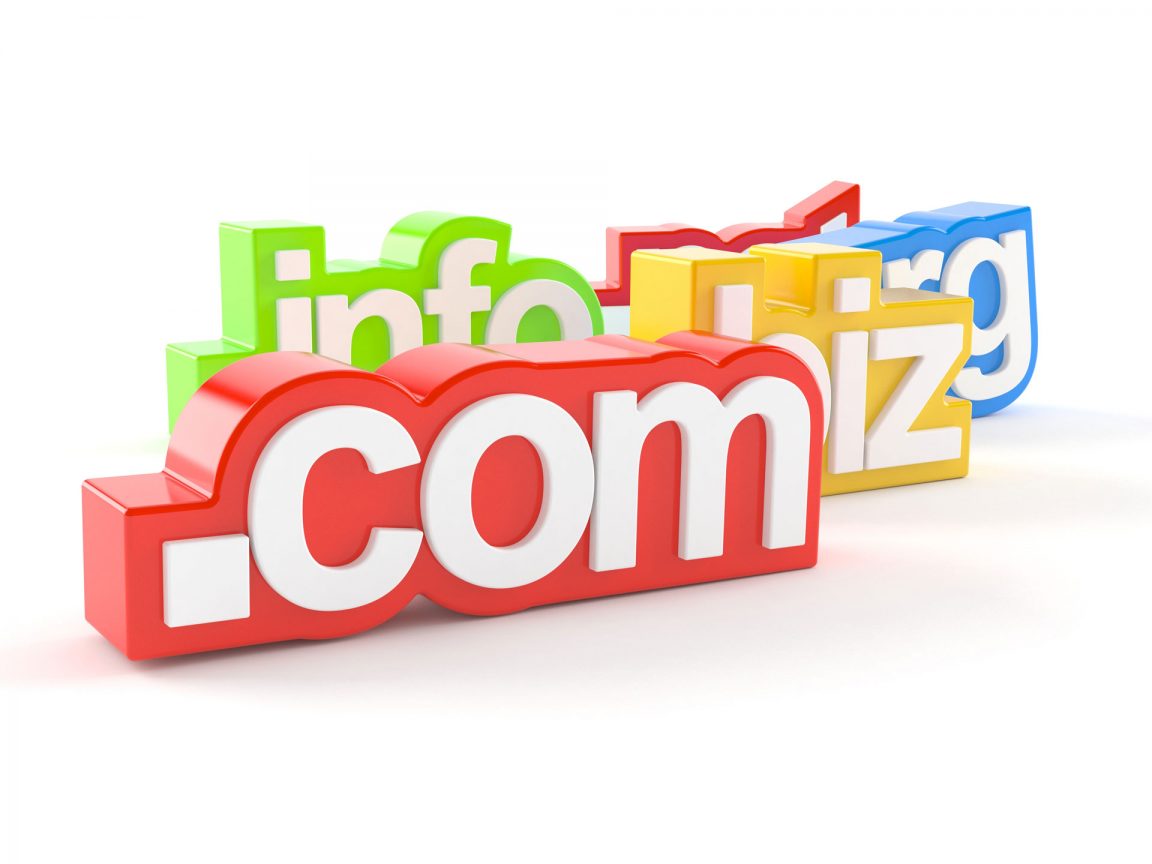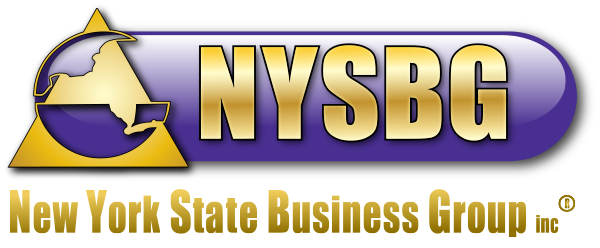Today, it’s hard for most small businesses to be taken seriously without having a functional website. And with today’s technology, it’s easy for almost anyone to set up a website without any coding or web design experience. It’s also easy to set up a website that serves as a place holder as opposed to the powerful marketing tool it should be. We’re going to provide you with information to help ensure the website for your small business lives up to the latter.
First Steps
Choosing a Domain Name
Before beginning to build your small business website, you’re going to need to purchase and register a domain name. And before you can do that, you have to choose a domain name that’s actually available. Instant Domain Search is a useful tool that will tell you if your desired domain is available as soon as you type it in. If your small business has a common name, you may need to purchase a domain with a non .com TLD (top-level domain) like .net, .org, or .biz. If your heart is set on a .com domain name, you’ll need to add a word or a hyphen that won’t confuse customers.

Purchasing Your Domain
Once you’ve found an available domain, you can purchase it using a domain registrar. Some of the most trusted domain registrars include GoDaddy, Google Domains, Namecheap, Bluehost, and Hover. Each of them will attempt to upsell you, so be sure to read all of the fine print; It’s easier than you think to have a $15 per year purchase turn into a $150 per year purchase.
Picking a Web Hosting Provider
If you listened to us and read all of the fine print when purchasing your domain, then you’re aware that the domain registrars previously mentioned also offer web hosting services. Business News Daily provides a comprehensive guide to help you choose the best web hosting service for your small business.
Building Your Website
Now that you have a domain and a web hosting provider, it’s time to begin creating the actual website. Take some time to build an outline of the primary pages you want your small business website to include.
Common Webpages to Consider
- About page
- Contact page
- Services and/or products
- Blog
The “About” and “Contact” pages are a necessity for any small business website; however, the rest of the content you want featured on your website is up to you. What are the most important things you want customers to know about your business? How does your business stand out from the competition? The answers to these questions should help steer you in the right direction.

Written Content and Design
You’ve decided on the primary webpages to feature so now you’ll need written content to fill those pages. Most small business owners aren’t professional copywriters; so, unless you run a professional copywriting business or have a writer on staff, you may want to consider contracting a freelance copywriter.
Depending on the content management system (CMS) you’re working with, you may have the ability to design, format and add imagery to your webpages on the fly. If your CMS requires additional knowledge in coding, you may need to hire another contractor; however, there are plenty of free online courses available if you’d like to take this task on yourself.
Is Your Website Ready to Launch?
We strongly recommend testing the full functionality of your website prior to pushing it live. Your website’s search engine optimization (SEO) could be negatively affected if certain features aren’t working properly or your pages aren’t loading correctly on all of the popular web browsers and mobile devices. There is a lot of free software you can use to carry out these tests.
Once you’re pleased with the content, design, and functionality of your website, it’s time to launch!

